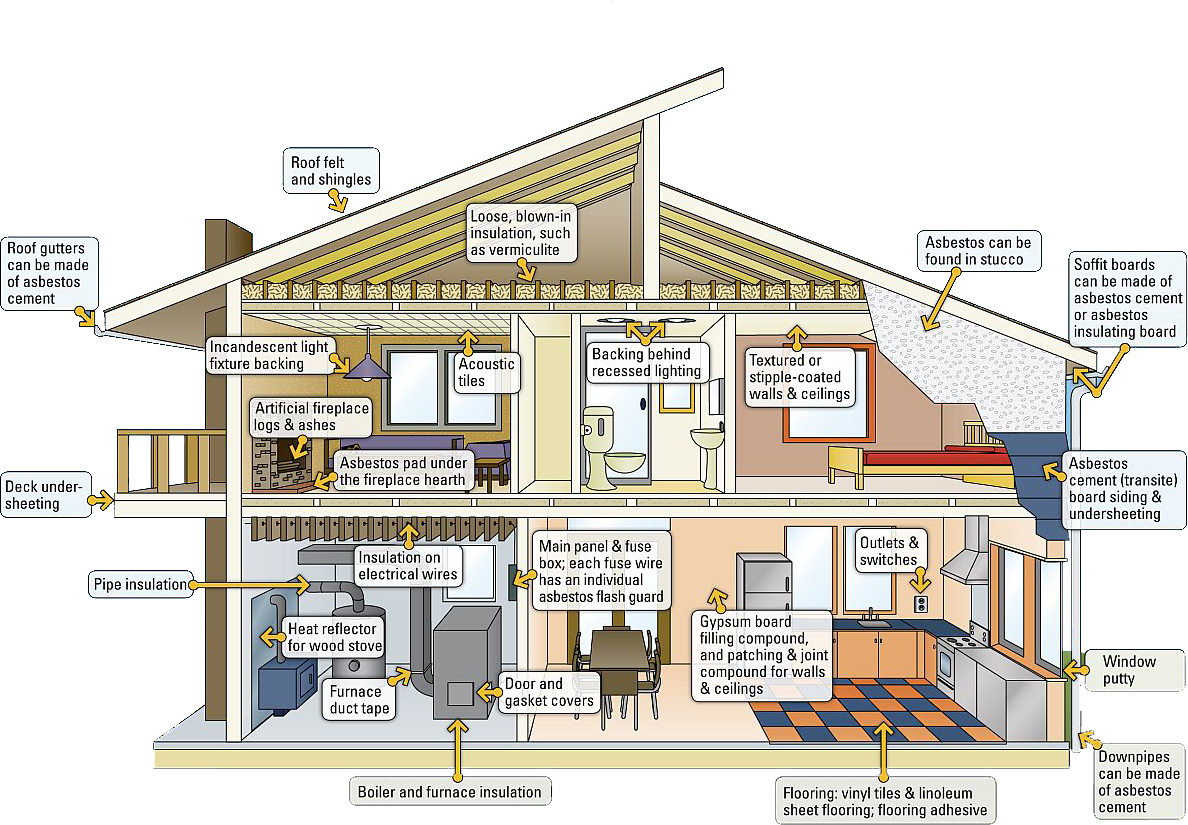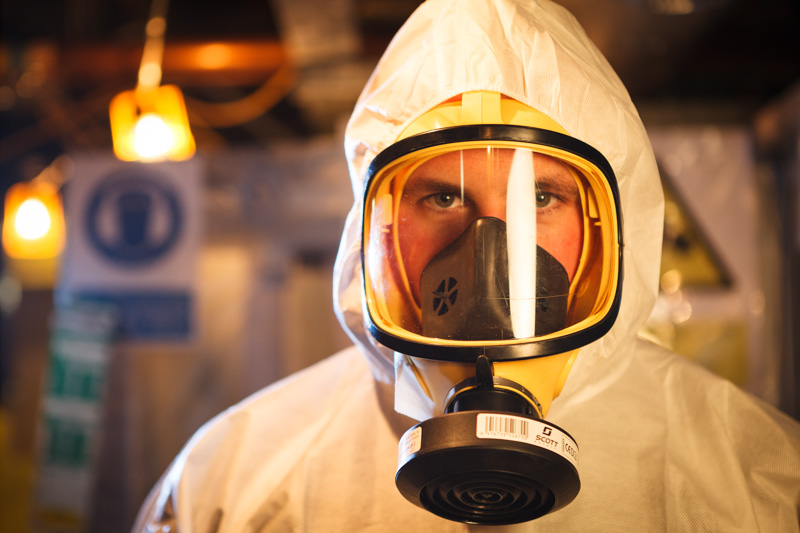Asbestos Hazards
Asbestos is a naturally occurring fibrous material that was a popular building material from the 1950s to 1990s. Unfortunately, asbestos fibers are considered a significant health risk and as such asbestos has been banned.
If you live in a home that was built prior to 1993 there is a good chance that it may contain asbestos. If you are planning renovations or demolition, you are at risk of asbestos exposure and appropriate asbestos removal precautions need to be taken.
Was your home built before 1993?
If your home was built before 1993, there is a good chance that asbestos can be found in the following:
Found as fire protection on structural supports (e.g. columns and beams), walls and ceilings. Asbestos containing and non-asbestos containing forms of spray applied fireproofing may be found.
Mechanical insulation can be found on mechanical systems, including: boilers, vessels, tanks and pipes. These materials often have a high asbestos content.
In older homes, the paper backing on some linoleum (sheet flooring) may contain high concentrations of asbestos. The paper packing tears easily and can result in high fibre levels if disturbed and appropriate procedures are not used.
Resilient floor tiles in all sizes may contain asbestos. A common myth is that you can tell by the size alone if the floor tile is likely to contain asbestos, you cannot.
Drywall taping compound, or drywall mud, sometimes referred to simply as drywall, often contains asbestos. In addition to covering seams, taping compound is also used to cover holes, screws and nails and will be feathered out over a large area for a smooth appearance. As a result, the entire drywall sheet should be treated as asbestos containing.
Vermiculite is a light-weight, fire-resistant material. It has been used in numerous products, including insulation for attics and walls. If you have vermiculite insulation in your home, you should assume this material is contaminated with asbestos, unless appropriate sampling by a qualified person determines otherwise.
Cement boards are often located on exterior buildings, forming wall coverings and roofs. They may appear as flat sheets, in corrugated sheet or as smaller overlapping tiles. They may be used indoors in electrical panels, as a heat shield around fireplaces and heating components, as blackboards, as peg board and as wall coverings.
Asbestos cement pipes are commonly found as water supply and drain pipes.


